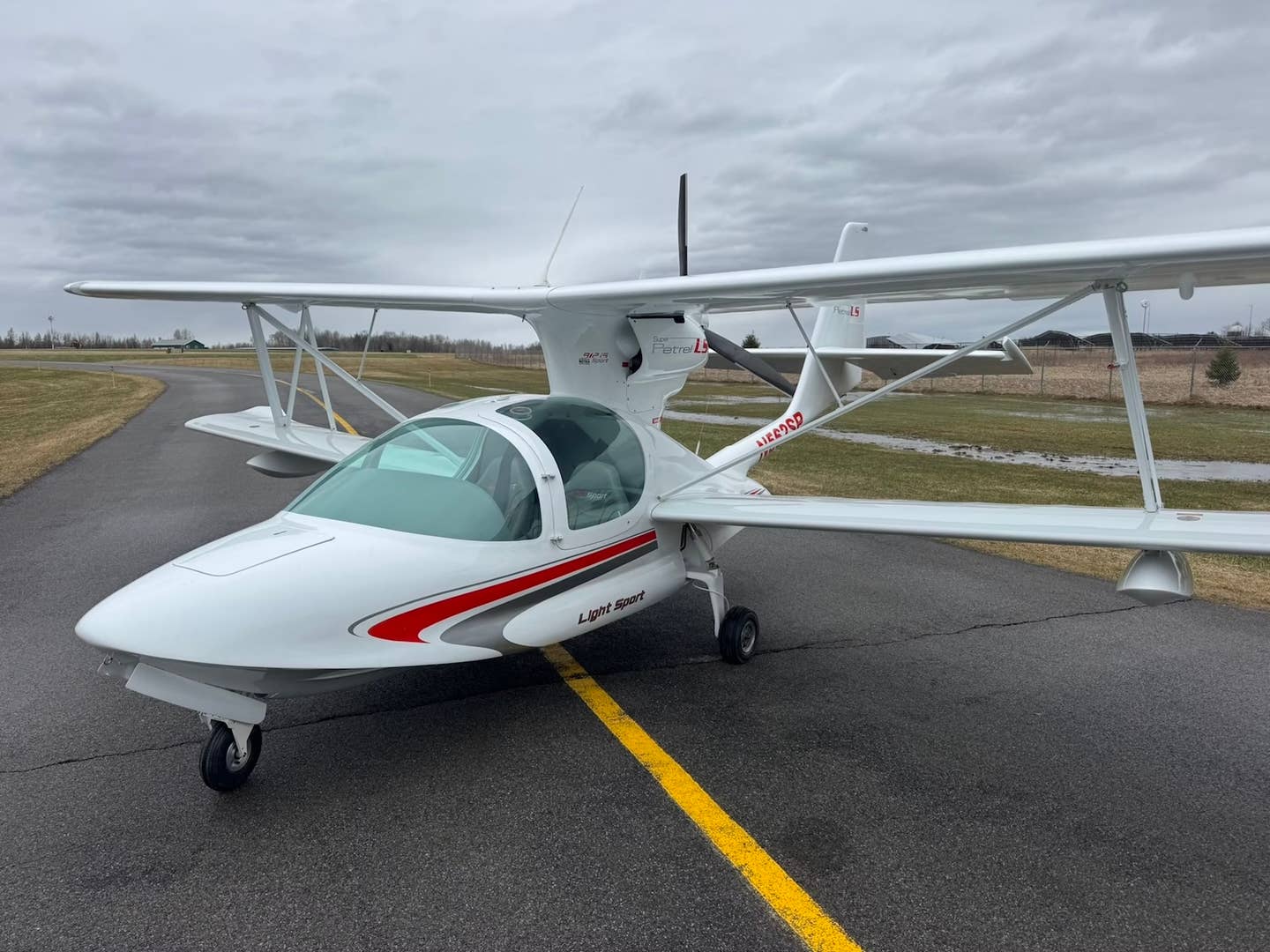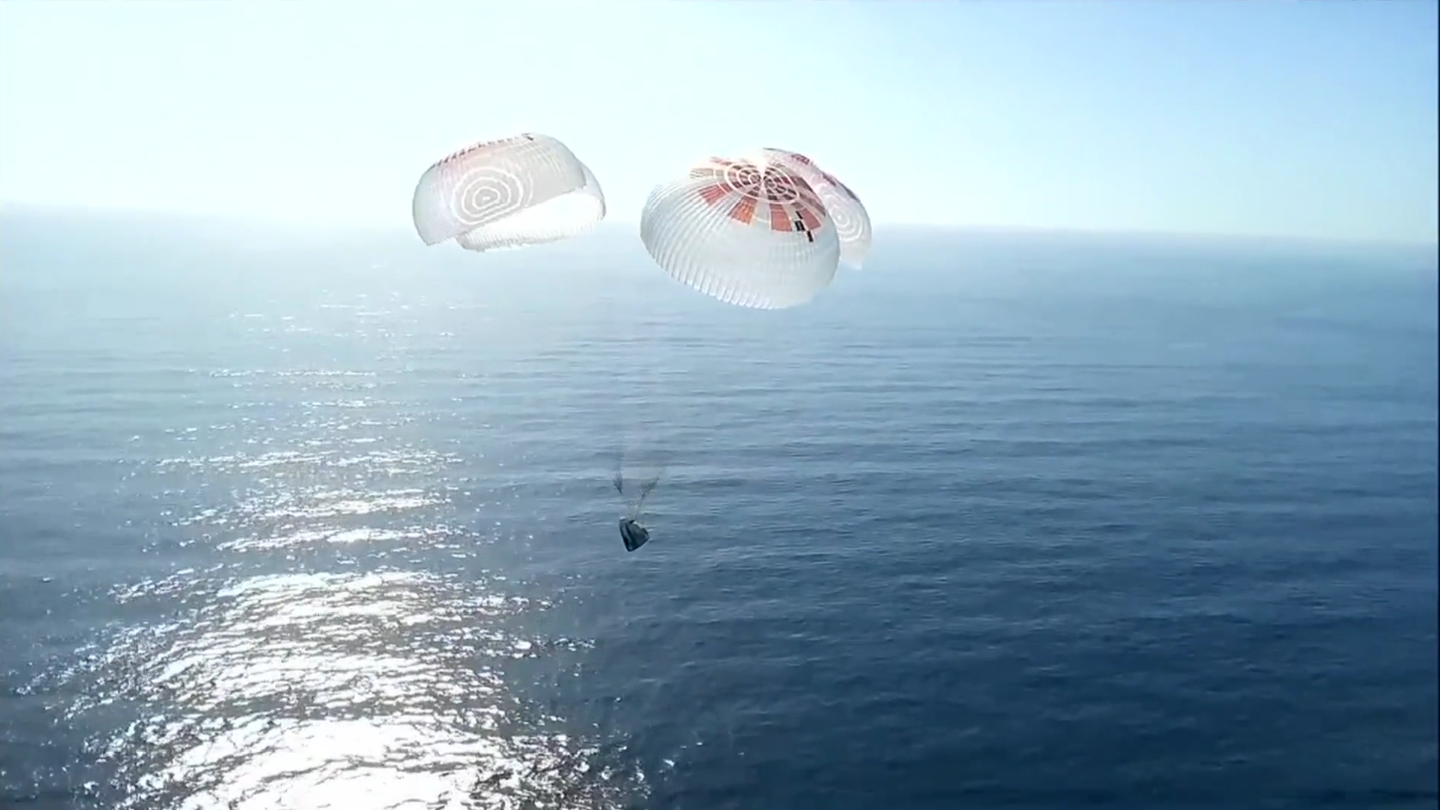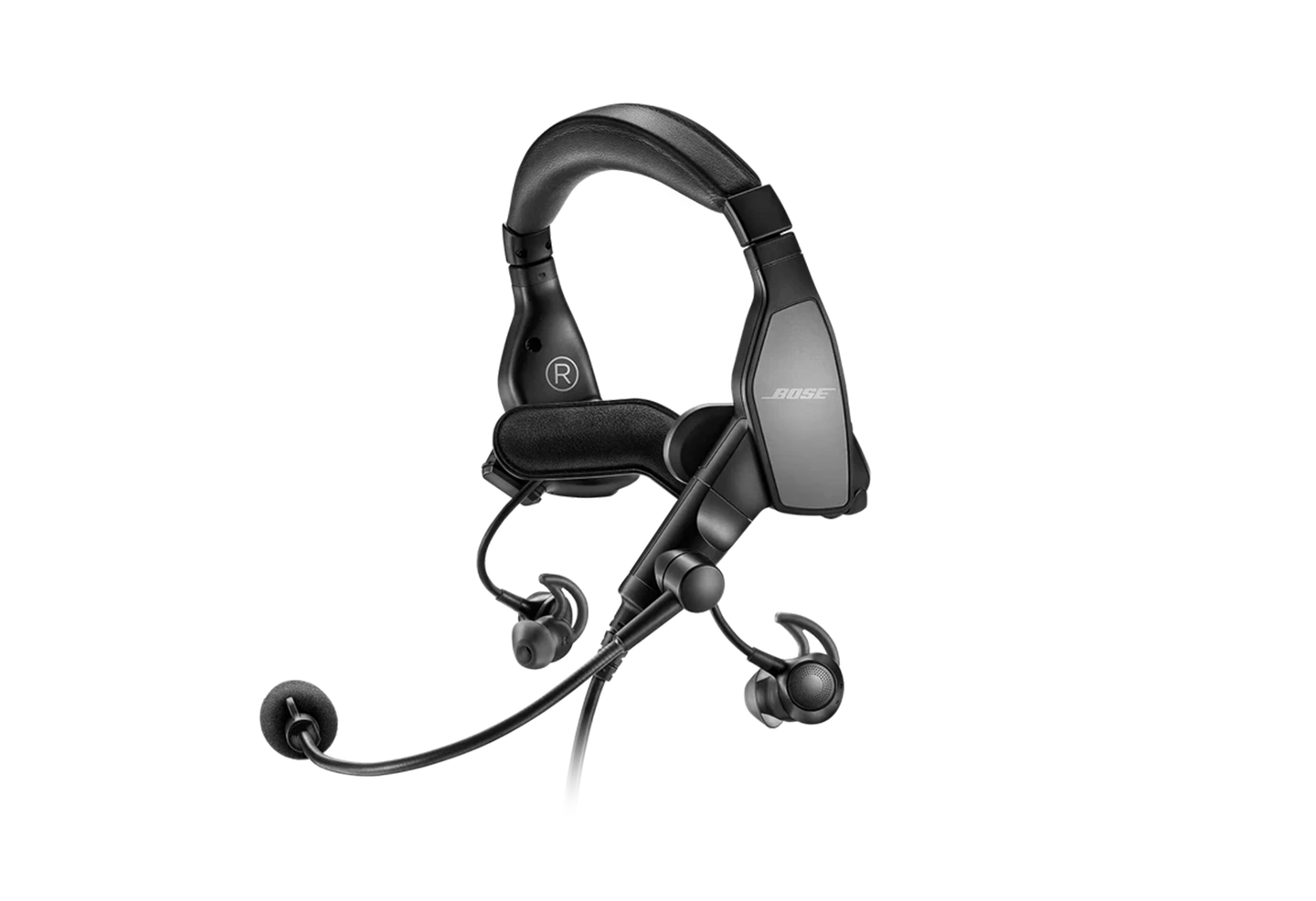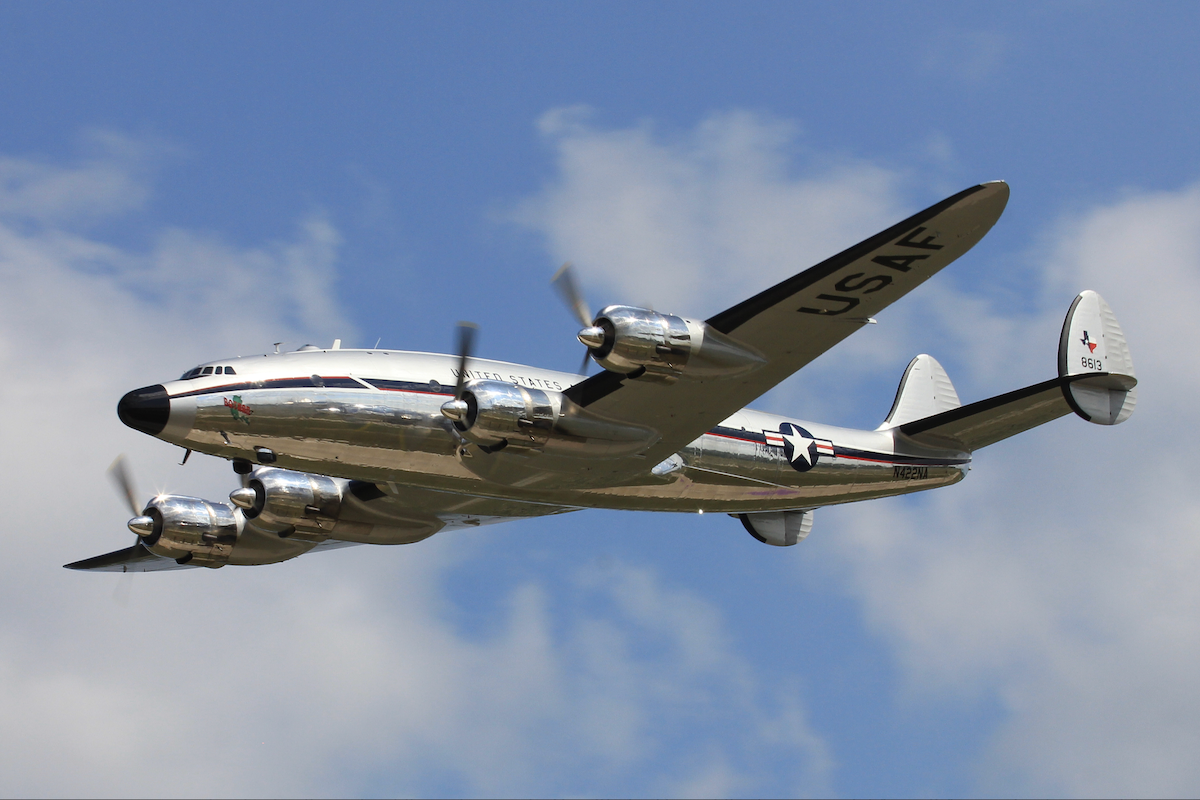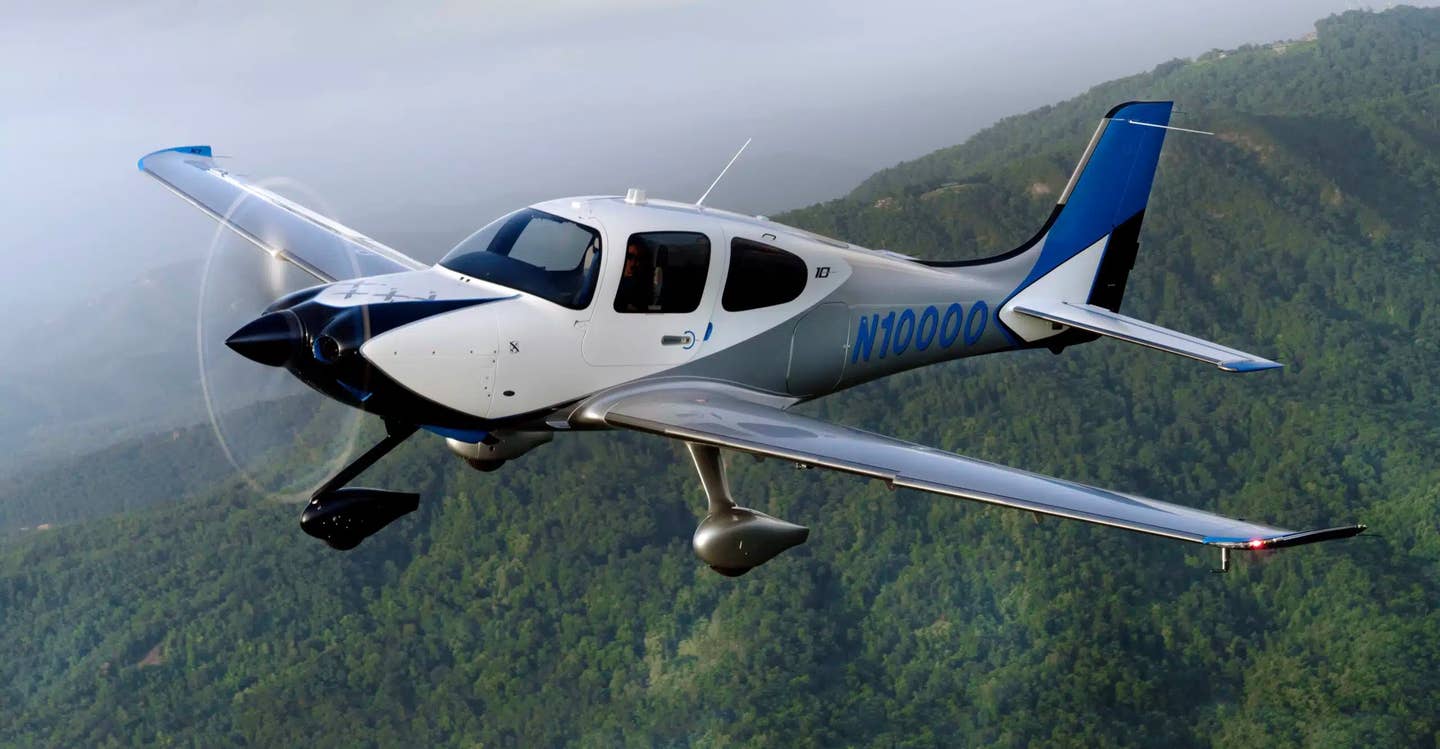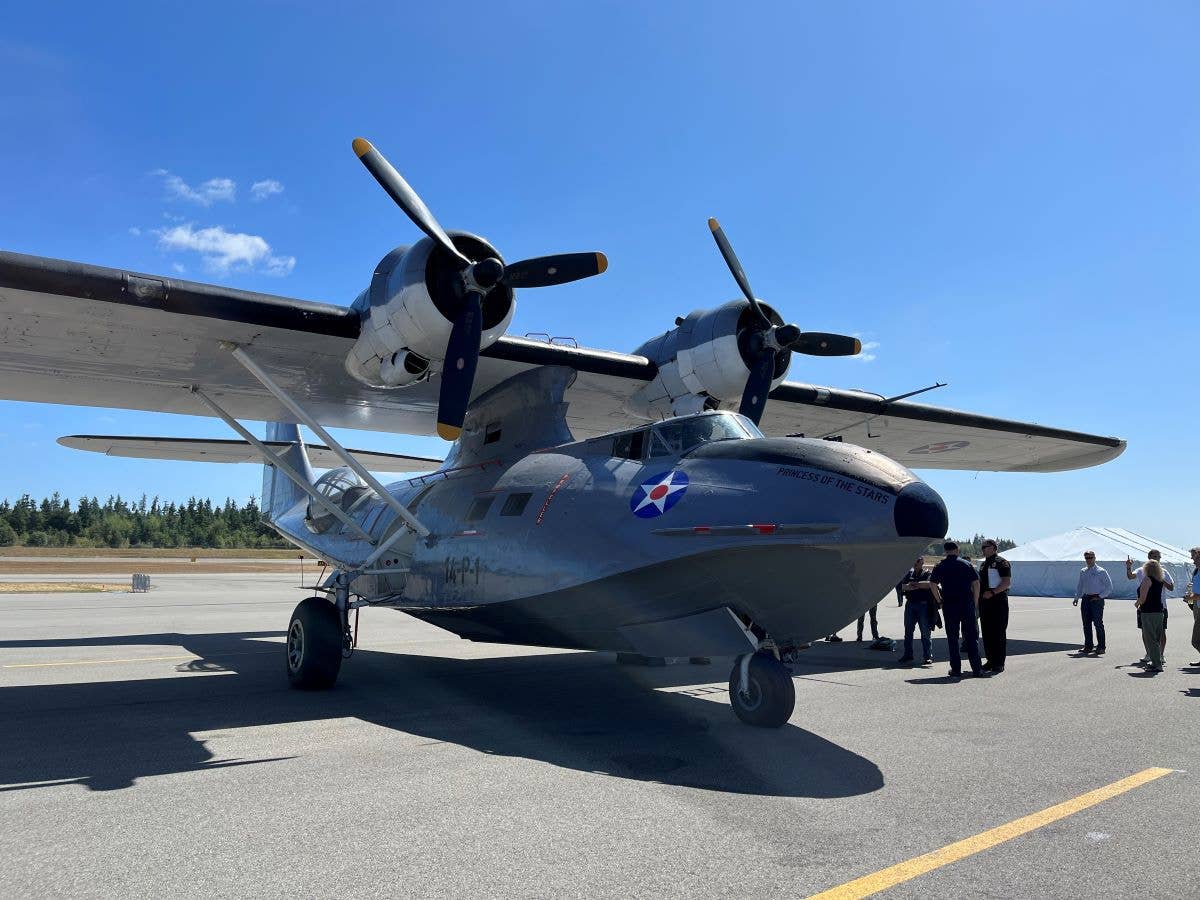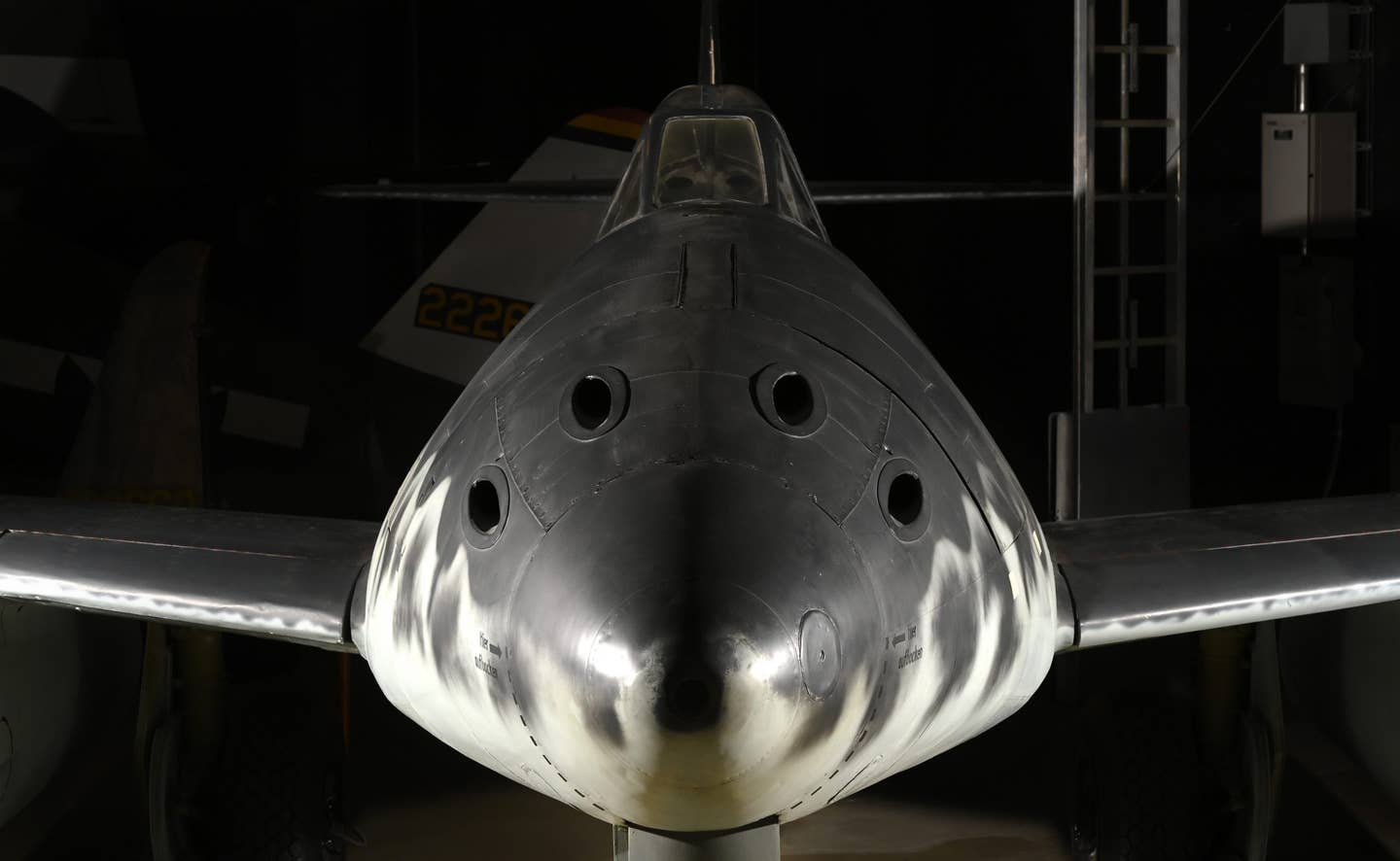
Messerschmitt Me 262A Schwalbe at the National Museum of the U.S. Air Force World War II Gallery. The Me 262A on display was brought to the United States from Germany in July 1945 for flight evaluation. Restored by the 96th Mobile Maintenance Squadron, Kelly Air Force Base, Texas, in 1976-1979, it is painted without operational unit markings as an aircraft that has just left the production line. Ty Greenlees
Have you ever seen a ghost?
This time of year, it’s not an uncommon question, even in the scientific world of engineered flight. Aviation is, at its core, an endeavor with the capacity to push Man and machine to new limits. Flying can be pure magic. Perhaps it’s no surprise that sometimes a bit of mystery and the unexplained can linger in the air long after the final approach.
In the spirit of Halloween, FLYING has pulled together some aviation ghost stories to get your heart rate soaring. Have you ever had an unexplained experience in the hangar or while in the cockpit? Tell us about it in the comment section below.
Military Spirits
If an aircraft has the potential to hold onto energy stemming from its time in the sky, then the collection of warbirds housed at the National Museum of the United States Air Force at Wright-Patterson Air Force Base in Dayton, Ohio, has the potential to be a paranormal power plant, if you believe the stories.
The museum sits on 19 sprawling acres and boasts more than 350 aircraft and missiles, along with thousands of artifacts, making it among the largest military aviation museums in the world.
According to lore, some of the aircraft are haunted, such as the B-24 Liberator heavy bomber, Strawberry Bitch that is reportedly haunted by belly gunners killed by enemy fire. Visitors have reported seeing lights illuminate inside the aircraft and hearing the belly guns rattle, according to Hauntedhouses.com. A small Japanese boy has been seen standing by the World War II-era B-29 bomber Bockscar, which in 1945 dropped a nuclear bomb on Nagasaki, Japan. Others have reported unexplained voices and apparitions connected to wreckage on display from a B-24 Liberator that went down in a Libyan desert, the site said.
The stories, however, are not something the U.S. Air Force pays much attention to. At least, not officially.
“There has been no physical evidence to support the theory that the National Museum of the United States Air Force is haunted, and no ‘ghostly’ sightings have been officially reported or documented,” the museum said in a statement. “Our goal is to promote the museum’s mission of telling the Air Force story, rather than trying to substantiate the existence or non-existence of paranormal activity.”
Civilian Carolyn Kugle has worked at Wright-Patterson Air Force Base for nearly four decades, and said she had her first ghost encounter when her office moved into Building 70 following its renovation.
“We would hear noises and music and crashing sounds, and there was nobody in the building,” she said. Once, while standing next to a wall, her name was whispered in her ear. She’s experienced a heavy door opening and closing on its own when no one else was in the building. A coworker vividly recalled seeing a man in a red shirt walk into the men’s restroom. However, when he went in, the motion-sensor lights remained dark because no one was in there.
In 2008, stories about the ghostly activities at Wright-Patterson Air Force Base prompted the Air Force to extend an invitation to The Atlantic Paranormal Society (TAPS) to conduct an investigation for the popular SciFi Channel show, “Ghost Hunters.”
The three-night investigation, which was the first for the show at an active military installation, was also strategic, according to a spokesperson at the base.
“‘Ghost Hunters’ is immensely popular with a wide national demographic, including the recruiting-age audience our Air Force is trying to reach,” said Derek Kaufman, a public affairs specialist with the 88th Air Base Wing. “We hope to share a little bit about Wright-Patterson’s history and missions with viewers during the show—and perhaps, explain some unusual occurrences along the way.”
Kugle was at the base when the investigation in Building 70 wrapped up at 4 a.m. She, along with several other government workers, went around to turn off all the lights and lock doors after the crew left.
About 20 minutes later, however, they got a call from security forces on base. “The doors were all propped open and every light in this building was on.”
Spirit of St. Louis
Did Charles Lindbergh see ghosts?
Lindbergh, the famous aviator who made the first successful solo crossing of the Atlantic by air, allegedly had a ghostly encounter during the flight. The flight made Lindbergh an international hero. He did not mention the supernatural encounter until 1953 when he wrote “The Spirit of St. Louis.”
In the pages of the Pulitzer Prize-winning novel, he recounts that approximately 22 hours into the flight he became aware he was not alone, describing “ghostly presences, vaguely outlined forms, transparent, moving, riding weightless with me in the plane.” According to Lindbergh, the voices were familiar and they gave him advice and reassurance, although he was not able to recall precisely what they said, and they faded away in about an hour.
In his book, Lindbergh offered a vivid recollection of the spirit he saw during the flight:
According to his grandson Erik Lindbergh, “He saw something that he couldn’t explain,” although he was aware that it might have been a fatigue-induced hallucination as he had been up for more than 24 hours by this point. “It led him to study this phenomenon; it opened his mind to potential alternate realities. He intended to go to India to study with the yogis who could survive without breathing, but World War II got in the way. The experience changed his concept of life.”
Ninety-four years after that flight across the Atlantic, the Spirit of St. Louis continues to be a huge draw for visitors at the Smithsonian National Air and Space Museum in Washington, D.C. The purpose-built aircraft made by Ryan Aeronautical Company and powered by a nine-cylinder Wright J-5C was built out of wood, piano wire, and cotton fabric covered in a silver lacquer. Inside, a lone wicker chair served as the pilot’s seat during the 3,600-mile flight.
The visitors aren’t coming because of Lindbergh’s ghost stories, though.
“Most people have no idea that this happened, but it’s part of the flight,” Bob van der Linden, aviation curator at the museum, said.
“It just captured the imagination of the world and has kept it just for the courageous flight and all that meant.”
“There’s just something magical about that flight that just captured everyone’s attention,” he said.
Kansas Aviation Museum
The Kansas Aviation Museum in Wichita is renowned for the celebrities that once walked its terrazzo floors, as well as the spirits who aren’t yet ready to depart. The museum is housed in the former Wichita Municipal Airport terminal, an art deco gem that opened its runway to commercial flights in 1935.
Within a decade, the airport terminal would become one of the busiest in the world, according to VisitWichita.com. “Wichita was a destination for nearly every aviation luminary of the times. Lindbergh, Kansas’ own Amelia Earhart, and many other celebrities flew into Wichita Municipal. It has been told that Fred Astaire once entertained fellow passengers by dancing in the airport’s beautiful atrium while awaiting a flight,” the site said.
“Lindbergh actually helped choose the location of the buildings,” said Barb Kramer, director of operations at the museum.
The building, which sits in the near geographic center of the country, was a refueling waypoint for flights traveling from one side of the country to the other. It was also a site for early air shows, some of which had a tragic ending, according to Kramer.
In October 1924, daredevil aviatrix Ruth Garver, who performed alongside husband Karl as part of the Garver Flying Circus, fell 1,000 feet “like a plummet” to her death in front of a large crowd of spectators after her parachute became tangled in its cords, The Associated Press reported at the time.
The incident was one of at least two air shows with fatalities at the location, according to Kramer, who said that Ruth is believed to be one of the spirits inhabiting the museum.
In recent years, museum visitors and staff have reported a laundry list of activity: shadow figures walking across rooms, the lilt of 1930s music, the apparition of a woman peering down from the third floor mezzanine.
“There are tons of stories and, depending on who you talk to, sometimes you get the same story with a slightly different variation. And sometimes you get a completely new story,” Kramer said.
Kramer, who said she didn’t believe in ghosts at all prior to working at the museum, has had a few experiences herself. She’s walked into inexplicable cold spots and spotted a shadow figure of what looked like a man leaning against a wall.
One night, during an event, Kramer and two others saw the wing of the museum’s 1920s Laird Swallow biplane move down about three or four inches then spring back, as if someone had leaned on it, then let go. “There wasn’t anybody standing next to the aircraft,” she said. “We were the closest ones to it and I know for a fact that we weren’t touching it.”
One night, a woman with a catering crew stopped Kramer while cleaning up after an event and said she had a message from a little boy. “Somebody brought yellow paint into the building, and this little boy does not like yellow. He’s very upset about it,” the woman said, adding that the spirit relayed to her that the yellow paint was sitting in a room with a blanket thrown over a chair.
What the caterer didn’t know at the time was that a museum staff member earlier that day brought in a yellow can of paint to repaint her office walls. “There’s no way she would have had access to this office,” Kramer said. “It was a locked office, there was no way that she would have known this.”
Museum officials don’t believe the paranormal activity is malicious.
“It just feels like we’re occupying the same space they are,” Kramer said.
Pearl Harbor Museum
One of the theories behind the manifestation of ghosts is that when a person dies unexpectedly or violently their spirit is troubled and therefore remains on earth, usually in the vicinity of where they died. For this reason, battlefields are said to be rife with the energy of the abruptly departed souls of soldiers. Perhaps this is the reason that the Pearl Harbor Aviation Museum in Hawaii has a fair share of ghost stories.
The museum is located on Ford Island, an islet of the island of Oahu. In 1941, it was a Naval Air Station and the center of the December 7 attack. At the time, the base was home for dozens of PBY patrol bombers and the operations center for the US Navy Pacific Fleet.
KT Budde-Jones, one of the founders of the museum, notes there are people who report sensing that energy, such as a feeling of not being alone in the hangars when the buildings were supposed to be empty.
The hangars, which today are used for museum display and restorations, still bear scars from the Japanese attack.
“There are bullet holes in the windows and strafing marks on the ground outside the hangars,” Budde-Jones explains. “A few feet from the hangars you see the crater, that’s the spot where the first bomb was dropped on Ford Island. You see the spot where the first person died. You see the strafing bullet holes on the ground and then there is a blank spot and a little ways beyond that they continue. The blank spot is where a PBY was located. The airplane was strafed while it was on the ground.”
According to Budde-Jones the most frequently told ghost story at the museum involves a mannequin on display in Hangar 37 near the North American Mitchell B-25B. After hours, some members of the clean up crew state that they've seen the mannequin move on its own.
“The folks doing clean up will catch the movement out of the corner of their eye.” she says. “They swear they see him move.”
According to the stories, the arm repositions. Sometimes the seaman has his hand on the propeller, other times, his arm is down by his side.
The energy in the hangars seems to be at its greatest around dusk, says Budde-Jones, when “You can almost feel the hangar breathe like you are feeling the energy from the souls of all the people who worked there and wondered if they were going to make it through the war.”
Castle Air Museum
The restored B-29 Superfortress Raz’n Hell, sitting outside the Castle Air Museum in Atwater, California, is a visitor favorite and has been fodder for stories of strange happenings in recent years.
A spirit some believe inhabits the aircraft has become known as Arthur, the only legible word punched into the face of a corroded dog tag found in its tail section during restoration, museum curator Timothy Brown said.
While the museum doesn’t investigate the stories, some have been hard to ignore.
Someone once called the museum to alert staff that lights were on on the B-29, Brown said.
“At that point during the restoration process, there was no electricity or bulbs, for that matter, on the running lights on the B-29, but they swore they saw them all on.”
Arthur has also been a helper, according to reports.
“We had a two-man restoration crew working on the inside of the aircraft,” Brown said. “One of them put his hand behind him and said, ‘Hey, can you hand me this wrench,’ and a wrench was placed into his hand. He said, ‘Thank you,’ turned around, and there was nobody there. His restoration partner was actually out on the grounds having a cigarette break.”
The museum of military aircraft promotes the history of the B-29, and not the ghost stories, said Brown, who says he has never had a paranormal experience at the museum.
The aircraft did 54 missions over Korea, was hit by anti-aircraft three times, and actually shot itself once when its weapons cooked off rounds after they were loaded before the barrels cooled down, Brown said.
“It’s a very emotional thing for veterans to come out here and see these aircraft. If I go out there and start talking about Casper inside one of their airplanes, they’re not going to be happy about that,” he said. “But on the other hand, anything that brings attention to those aircraft to get them out here to learn about the story, I think is beneficial also.”

Sign-up for newsletters & special offers!
Get the latest FLYING stories & special offers delivered directly to your inbox

